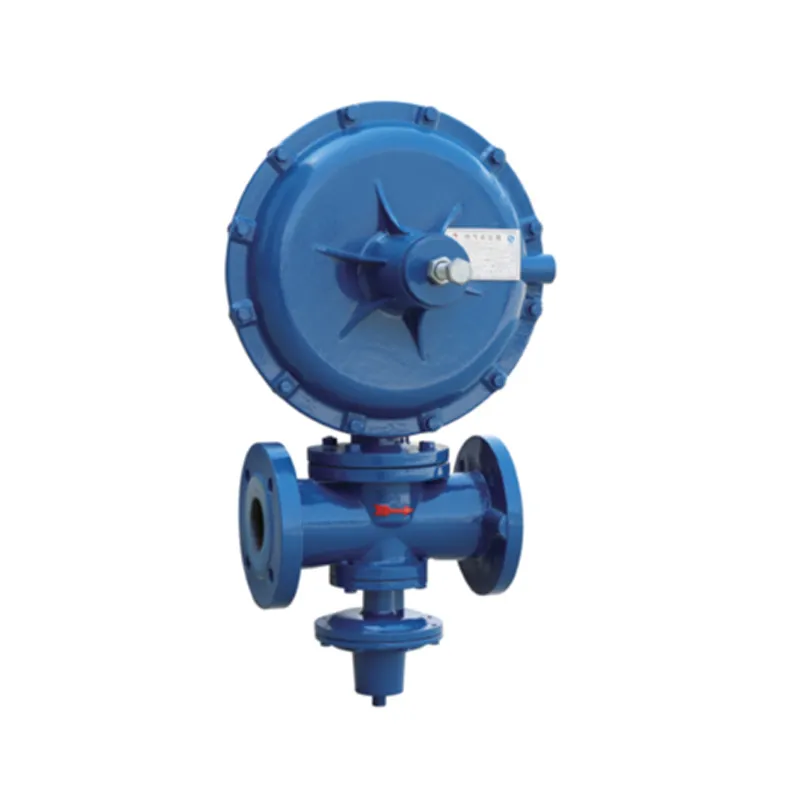
Nov . 10, 2024 17:06
Back to list
Gas Pressure Regulator for Safe and Efficient Pressure Management in Piping Systems
Understanding Gas Pressure Reducing Valves
Gas pressure reducing valves, commonly known as pressure regulators, play a critical role in various applications where gas pressure needs to be controlled and maintained at specific levels. These devices are essential in ensuring safety, efficiency, and reliability in systems that utilize gas, such as residential heating, industrial processes, and gas distribution networks.
The Function and Importance of Gas Pressure Reducing Valves
A gas pressure reducing valve operates by taking a high-pressure gas source and reducing it to a predetermined lower pressure. This function is crucial because many gas appliances and systems are designed to operate within specific pressure ranges. If the gas pressure is too high, it can lead to dangerous situations, such as equipment damage or even explosions. Conversely, if the pressure is too low, it can result in inefficient operation or failure to function entirely.
These valves are designed to automatically adjust the pressure as needed. They can respond to fluctuations in upstream pressure, ensuring that the downstream pressure remains steady and within acceptable limits. This capability not only protects appliances but also optimizes their performance, contributing to energy efficiency and cost savings.
Types of Gas Pressure Reducing Valves
There are several types of gas pressure reducing valves, each designed to meet specific needs and applications. The most common types include
1. Single-Stage Regulators These are straightforward devices that reduce the pressure in one step. They are often used in low-pressure applications where the input and output pressures don’t vary significantly.
2. Two-Stage Regulators These provide a more precise pressure regulation by using two separate stages for pressure reduction. The first stage reduces the high pressure to an intermediate level, while the second stage further reduces it to the desired output pressure. This type of regulator is ideal for applications that require stable pressure over a wide range of flow rates.
3. Dome-Loaded Regulators These regulators utilize a diaphragm and gas-filled dome to provide accurate pressure control. They are particularly useful in applications where gas supply pressure is variable.
gas pressure reducing valve

Each type has its own advantages and is suited for different situations, depending on the requirements of the gas system.
Installation and Maintenance
Installing a gas pressure reducing valve requires careful consideration of the specific application and system requirements. Factors such as the type of gas, the flow rate, and the pressure requirements must all be taken into account. Proper installation ensures that the regulator functions effectively and helps prevent issues such as leaks and pressure instability.
Maintenance of gas pressure reducing valves is also crucial to ensure their longevity and proper operation. Regular checks should include inspecting for leaks, verifying that the pressure is within the desired range, and ensuring that the valves move freely without any obstruction. If any issues are detected, the regulator should be serviced or replaced immediately to avoid the risk of unsafe operation.
Benefits of Gas Pressure Reducing Valves
The benefits of utilizing gas pressure reducing valves are manifold
- Safety By ensuring that gas is delivered at safe and appropriate pressures, these valves significantly reduce the risk of accidents. - Efficiency Properly regulated gas pressure improves the efficiency of appliances and systems, leading to lower energy costs and reduced waste. - Protection Regulators protect equipment from damage caused by pressure surges or fluctuations, extending the lifespan of the system. - Regulatory Compliance Many regions have regulations governing gas pressure for safety reasons. Using pressure reducing valves helps ensure compliance with these standards.
Conclusion
Gas pressure reducing valves are essential components in a wide variety of applications, ensuring that gas is delivered safely and efficiently. Understanding their function, types, installation, and maintenance can greatly enhance the performance and reliability of gas systems. As technology evolves and the demand for efficient energy use increases, the role of gas pressure reducing valves will continue to be paramount in the safe and responsible use of gas. Whether in residential, commercial, or industrial settings, these devices are indispensable for maintaining optimal gas pressure and ensuring the overall safety of gas systems.
Latest news
-
Safety Valve Spring-Loaded Design Overpressure ProtectionNewsJul.25,2025
-
Precision Voltage Regulator AC5 Accuracy Grade PerformanceNewsJul.25,2025
-
Natural Gas Pressure Regulating Skid Industrial Pipeline ApplicationsNewsJul.25,2025
-
Natural Gas Filter Stainless Steel Mesh Element DesignNewsJul.25,2025
-
Gas Pressure Regulator Valve Direct-Acting Spring-Loaded DesignNewsJul.25,2025
-
Decompression Equipment Multi-Stage Heat Exchange System DesignNewsJul.25,2025

